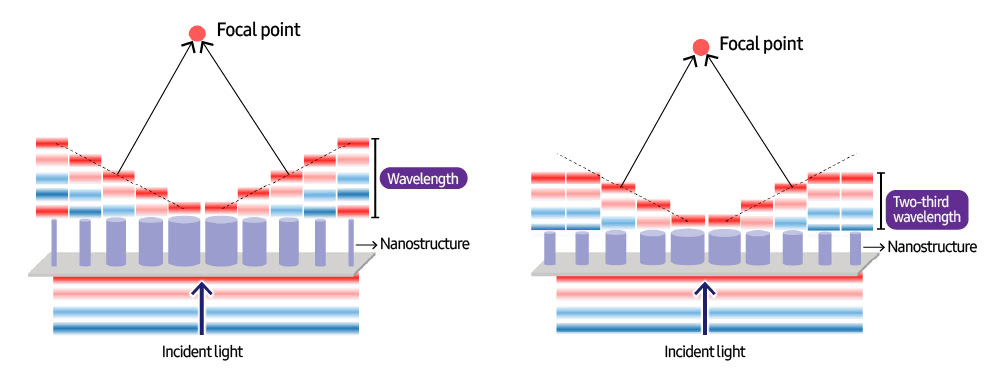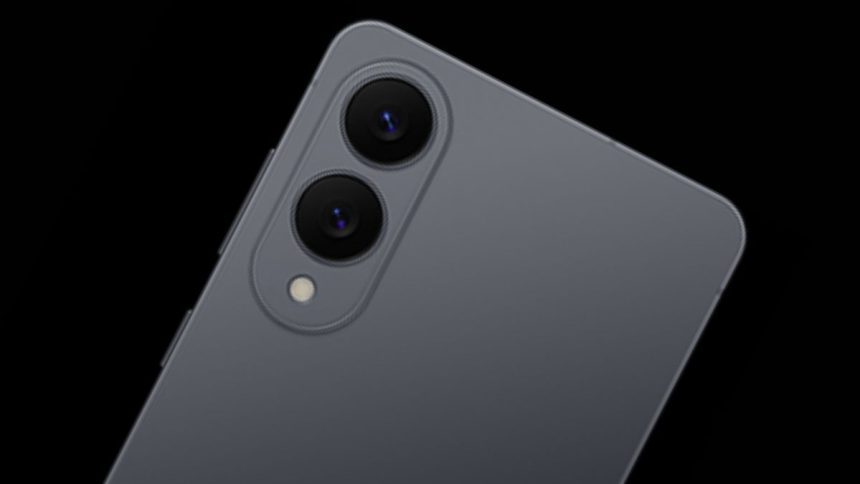Samsung has unveiled a major research milestone poised to reshape the way cameras and optical devices are designed, bringing new possibilities to smartphones and XR (Extended Reality) headsets. With the announcement of metalens technology—developed in collaboration with POSTECH—Samsung is promising the elimination of protruding camera bumps in phones and a dramatic reduction in size and weight for XR headsets.
What Are Metalenses and How Do They Work?
Metalenses are ultra-thin lenses that manipulate light using arrays of nanostructures, rather than relying on traditional curved glass surfaces. These nanostructures are much thinner than a human hair and are stacked on a flat surface. By harnessing the unique way these structures control phase delay, Samsung has achieved precise light control and image capture—all in an incredibly compact form factor.

Key Features
- 20% thinner than current-gen refractive lenses (from 2.0mm to 1.6mm)
- Elimination of camera bump on smartphones
- Reduced size & weight for XR headsets
- Improved field of view up to 120°, supporting better eye tracking for VR/AR experiences
- Modulation transfer function improved from 50% to 72% (measures image quality and contrast)
- High-precision gaze and iris tracking, especially for biometric and XR applications
Why Is This a Game Changer?
- Phones like the Samsung Galaxy S25 Edge, celebrated for their ultra-thin profiles, still struggle with camera bumps—a compromise to accommodate large sensors. Metalens tech removes this pain point entirely.
- XR headsets such as Samsung’s prototypes and competing brands like Apple have been criticized for their bulk. Metalens optics can make these devices lighter, slimmer, and more comfortable for long-term use.
- Commercial viability: Earlier metalens designs faced hurdles, mainly high aspect ratios that were hard to manufacture. Samsung’s technique slashes this ratio (from 1:10 to about 1:5) without sacrificing performance or stability.
When Will Metalenses Hit the Market?
Metalens technology is still under development, but Samsung and POSTECH’s breakthrough resolves several known obstacles, giving experts hope that commercial roll-out in smartphones and XR headsets is not far off. While no firm timeline has been announced, industry watchers expect thin phones and next-gen wearables to begin using metalenses within the coming product cycles.
The Path Forward: What’s Next for Cameras & XR Devices
- Expect future Samsung phones and XR headsets to be thinner, lighter, and free from annoying bumps, thanks to embedded metalenses.
- Enhanced biometric and imaging performance, expanding possibilities for security, AR/VR, and miniaturized consumer electronics.
- Samsung’s ongoing investment in academia and internal R&D signals a commitment to bringing this technology to market as soon as manufacturing scalability is secured.
Samsung’s metalens innovation is on track to revolutionize the design of premium smartphones and XR headsets, delivering what consumers have been asking for—no-bump cameras, pocket-friendliness, and comfortable wearables with uncompromising optical performance.






